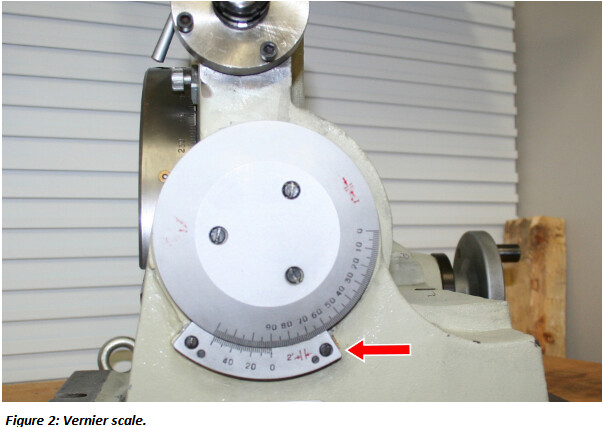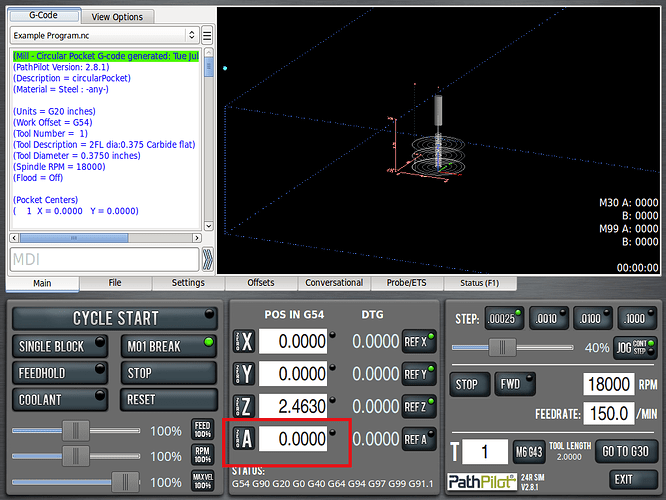I am new to the forums and did a search without any luck, I may not be asking right though.
I’m considering a Tilting 4th Axis Motorized Rotary and cant really find a vid of what it will and wont do. Does it work just like the standard forth axis only with a manual tilt function will it integrate with the path pilot software ?
Newb here also… have some of the same questions…
Does it work just like the standard forth axis only with a manual tilt function
Yes. You will need to set your CAM up to the angle that you plan to manually tilt the 4th axis to in order for your part to come out correct.
will it integrate with the path pilot software ?
No. PathPilot has no knowledge of or control over the tilting angle of this 4th axis.
So the path pilot sees it only as a 4th axis rotary and any tilt must be accounted for in the cam software thanks for the reply btw
Makes sense, now that you’ve explained it. Since it didn’t control the tilt electronically, how would it digitally know what angle it is at.
PathPilot nor the tilting 4th axis know what angle the table is set to. The operator sets the angle using the Vernier scale on the accessory (you can verify with a digital inclinometer if you would like) and verifies that the angle about which the gcode rotates matches the angle set on the machine.

To clarify @Lanny_Irwin’s original question: PathPilot knows the position of the rotary and commands it to rotate when the gcode calls for it. The rotation angle of the 4th axis is displayed in the A DRO and can be commanded with the jog pendant/jog shuttle/keyboard and MDI line.
Some research and practice using a TOOLING BALL will aid in accurate offset locations.
It needs to be define in cam and then found by placing the tooling ball on the stock and locating x,y,z, This is kind of an advanced process and would be hard to explain here. The reason I mentioned research it! Mcmaster car sells them along with other tool suppliers or you could make one with fair accuracy or maybe better depending on your tools!
Just a process to consider because finding offsets on angled setups can be tricky in many cases
